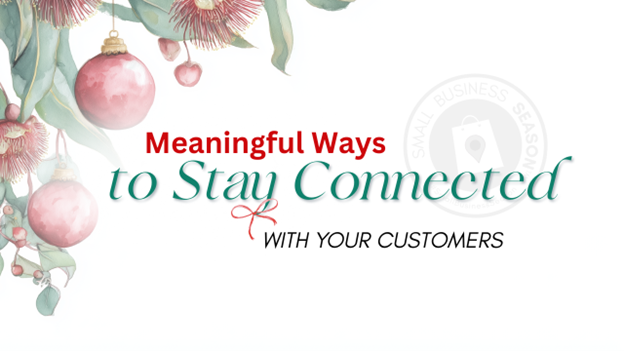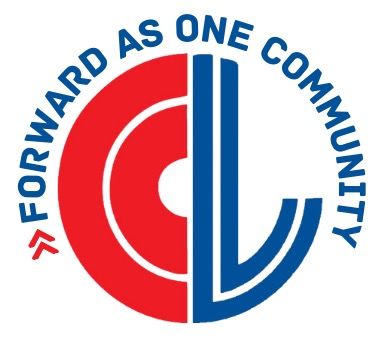The Power of ‘Entry Interviews’ and ‘Stay Interviews’: Tips from Adam Grant
- Many employers hold ‘exit interviews.’ Wharton psychologist Adam Grant suggests conducting "entry interviews" and "stay interviews” to create a positive work environment and retain top talent.
- An entry interview is a meeting with new employees to discuss their expectations and experiences during onboarding.
- Open-ended questions should be asked to show employees that their opinions are valued.
- Stay interviews are for current employees to identify factors that make them stay in their roles and address any areas of improvement.
- Feedback from both types of interviews should be incorporated to continuously improve the workplace culture.
603 words ~ 2.5 min. read
The hiring process can be tedious, from screening resumes to conducting interviews. But how do you ensure that you're hiring the right people? More importantly, how do you keep them happy and engaged in your company? This is the dilemma that small business owners and managers often face. Fortunately, Wharton psychologist Adam Grant has some insights that can help you navigate through this challenge.
In a recent article in Inc., Grant shared his advice on conducting "entry interviews" and "stay interviews.” Keep reading to find out how these two methods can help you create a more positive work environment and retain your best employees.
Entry Interviews: What Are They and How Do They Work?
An entry interview is a meeting with an employee where you discuss their expectations and experiences during the on-boarding process. This can take place on the first day of work or within the first few weeks, depending on your preference. The purpose of this interview is to provide new employees with a safe space to share their past experiences and current job expectations, in addition to making them feel valued from the start.
During an entry interview, it's crucial to ask open-ended questions that allow the employee to share their thoughts honestly. Some sample questions that Grant suggests are:
What are you hoping to gain from this role?
What do you think you can contribute to the company?
How do you prefer to receive feedback and recognition?
Remember, the goal of entry interviews is to show employees that you value their opinion and care about their experience within your company. This can lead to higher job satisfaction, lower turnover rates, and increased productivity.
Stay Interviews: Why They Matter and How to Conduct Them
While entry interviews are designed to help new employees acclimate to your workplace culture, stay interviews are for current employees who have been with your company for an extended period. The purpose of stay interviews is to identify factors that make employees stay in their current roles and identify any areas that need improvement to retain top talent.
Grant recommends conducting stay interviews on a regular basis, such as once a year or every six months. This can help identify potential issues before they become a bigger problem. During a stay interview, it's important to ask questions such as:
What do you enjoy most about your role? Why?
What are the most challenging aspects of your job? Why?
What motivates you to stay with our company?
Incorporating Feedback from Both Types of Interviews
Now that you have a clear understanding of entry and stay interviews, it's crucial to incorporate the feedback you receive to improve your workplace culture continuously. Make sure to show employees that you take their comments and experiences seriously by addressing any concerns that are raised. This can lead to increased employee satisfaction and loyalty to your company.
Moreover, be open to introducing new initiatives or making changes based on employee feedback. For instance, if employees express that they would like more opportunities for professional development, consider offering training or workshops to help them grow their skills.
The Takeaway
Conducting entry interviews and stay interviews is an excellent way to bridge communication gaps and build a better work culture. By implementing these techniques, you can create a welcoming environment for new employees and retain your top talent. Remember that feedback is a critical part of the process, and acting on it will show employees that you value their opinion. So, take Grant's advice and start conducting entry and stay interviews to improve your hiring process and retain employees who are passionate about your company.
---
The Leavenworth-Lansing Area Chamber of Commerce is a private non-profit organization that aims to support the growth and development of local businesses and our regional economy. We strive to create content that not only educates but also fosters a sense of connection and collaboration among our readers. Join us as we explore topics such as economic development, networking opportunities, upcoming events, and success stories from our vibrant community. Our resources provide insights, advice, and news that are relevant to business owners, entrepreneurs, and community members alike. The Chamber has been granted license to publish this content provided by Chamber Today, a service of ChamberThink Strategies LLC.




